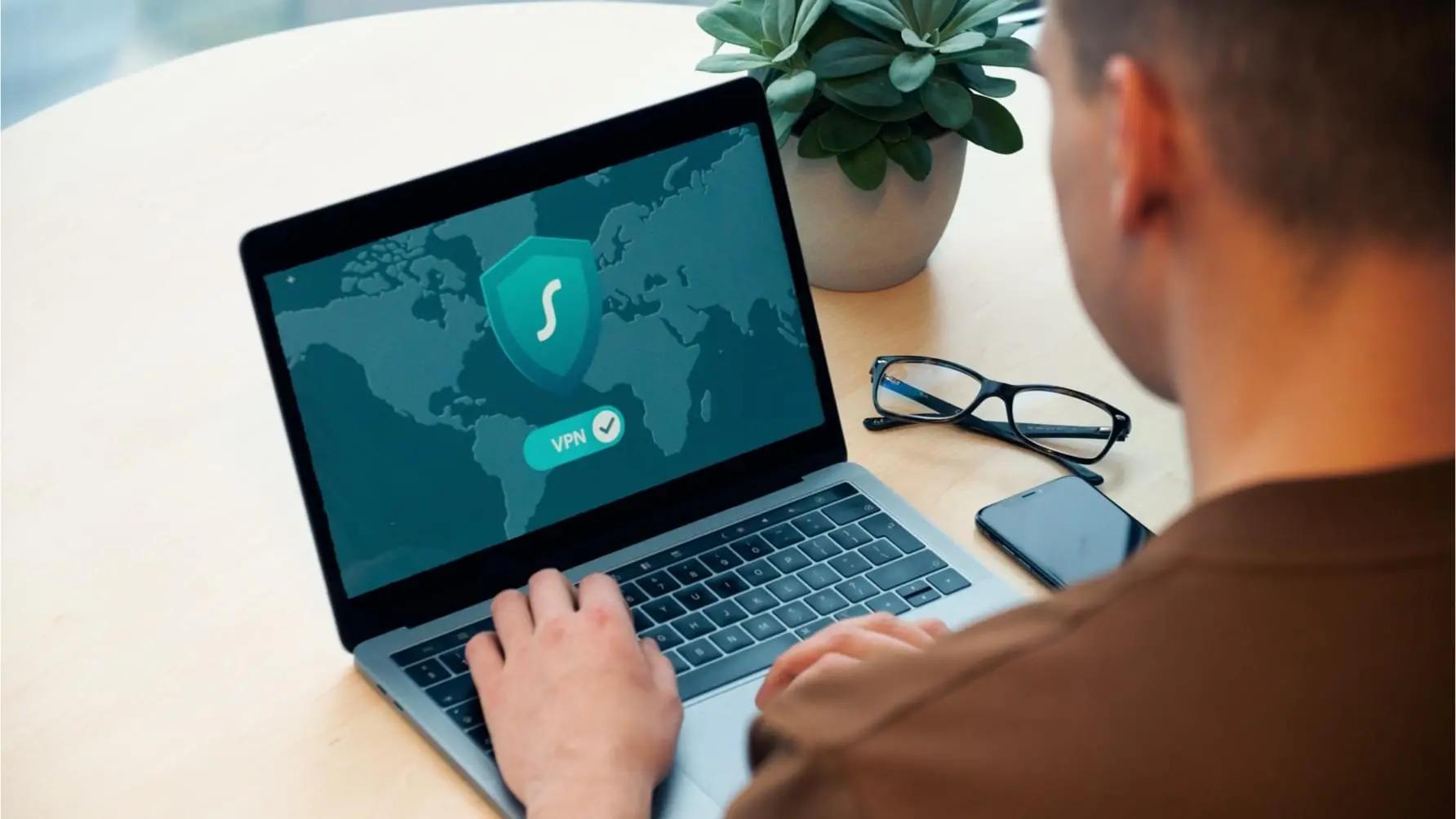The Complete Guide to Spear Phishing vs Phishing in 2024
As the Internet continues to grow, so does the scale of threat activity targeting businesses like yours. One of the biggest cyber threats to businesses is phishing, a relatively simple type of attack that has been around for decades. Cybercrime is a massive industry, so large that recent estimates expect the cost of cybercrime to the global economy to top $10.5 trillion (USD) annually by 2025. Phishing is not something that any business can afford to ignore.
Did You Know?
SpamTitan's spam catch rate
a ransomware attack occurs
the average cost to manage spam per person without an email filter
of all email is spam
What is Phishing?
Phishing is a type of cyberattack that falls under the “social engineering” umbrella.Phishing involves cybercriminals impersonating a trustworthy person or organization and tricking their target into revealing sensitive information such as login information, carrying out the desired action such as transferring funds or installing a computer virus. There are several different types of phishing attacks, including “whaling” and “spear phishing”.
What is Spear Phishing?
Spear phishing is an email scam targeted towards a specific individual, organization or business. It is often used to steal data or install malware on a targeted user’s computer for malicious purposes. A typical spear phishing attack includes an email and attachment. The email includes information specifically related to the target, often including the target's name and position within the organization. Most huge data breaches have a social engineering component augmented by detection evasion techniques.
What’s the Difference Between Spear Phishing Vs Phishing?
Phishing is defined as the fraudulent practise of sending emails (or any other communication) purporting to be from a reputable company or individual in order to trick individuals into revealing personal information.
Phishing attacks are typically deployed at high-volume and sent to thousands, if not hundreds of thousands, of people. They are not personalized and are generally involve malicious links.
Spear phishing on the other hand is a type of phishing campaign that targets a specific person or group, and it will usually include information that is of interest to the target. It is much more targeted than regular phishing.
Spear phishing attacks are much more low-volume, sent to one person or a small group of targeted individuals. Attacks are personal in nature and are crafted to look authentic.
Understanding the difference between the two and being able to distinctly tell them apart is crucial. This is because the type of attack – spear phishing vs phishing – affects how you detect, mitigate, and prevent attacks.
What is Phishing and Spear Phishing used for?
Cyber attackers use phishing to target different people and resources. With phishing, the attacker’s ultimate goal is to steal something, such as:
- Personal credentials: Attackers steal usernames and passwords to sell them on the dark web, access sensitive data, or take over accounts to launch more sophisticated attacks.
- Personal information: Full names, dates of birth, addresses, and more are all valuable to cybercriminals who can use them to launch more sophisticated spear phishing attacks or steal identities.
- Money: Phishing attacks that attempt to trick the target into transferring money are quite common but are generally more sophisticated, i.e., the Business Email Compromise (BEC) attack.
Cost of cybercrime to the global economy expected to top $10.5 trillion (USD) annually by 2025.
Spear Phishing Attacks are Growing
Recent data has shown that spear phishing vs phishing is a rapidly growing threat. Spear phishing’s difficulty to detect, coupled with the rise of remote working, has led to the perfect breeding ground for criminals to launch more attacks. Phishing is now so common that almost all (96%) businesses suffer from its ill effects, including credential theft, Business Email Compromise, and ransomware infection.
What Helps Protect from Spear Phishing
It is important for businesses to train their staff to spot potential phishing and spear phishing emails and delete them, and always err on the side of caution and confirm the authenticity of unexpected emails before clicking any links or performing any actions.
However, the unfortunate truth is that even the most observant and well-trained employees will have moments where they could be tricked by a phishing email. Although the act of phishing itself is a straightforward concept, it’s very easy to deploy a convincing attack. That’s why phishing remains as such a popular cyberattack vector even in 2024.
It’s therefore important to introduce thorough training and awareness programs that equip your employees with the knowledge and skills to act as your company’s first line of defence against phishing attempts.
Other ways for businesses to protect against phishing and spear phishing include:
1. Filter Your Email and Implement Anti-Phishing Protection
Spear-phishing is based on social engineering; the attackers use surveillance and other tactics to understand their target deeply. These targets are usually specific roles in an organization, such as an administrator, someone in accounts payable, and a C-level executive. The spear-phishing email reflects this role, and a phishing exercise is designed to use the employee's position in the company. The essential element of a spear-phishing email is that it is created around the target. The attackers likely know the target's name and may even have compromised another employee's email account to send emails from a legitimate company account. These social engineering and carefully composed phishing emails make these phishing scams more challenging to detect using conventional email filters. Instead, a spear phishing filter must apply advanced technologies such as AI and NLP (Natural Language Processing) to identify patterns in language and suspicious activity. As such, spear phishing filter solutions, like PhishTitan are finely tuned to identify complex multi-part phishing attacks on targeted employees.
2. Keep Software Updated
Outdated software is one of the leading causes of critical systems failure, such as antivirus and antimalware It’s therefore crucial to ensure that all software, applications, network tools, and operating systems are up-to-date and secure and that you have antimalware and anti-spam software running on all systems.
3. Limit Access to Sensitive Information
In the era of remote working and BYOD (bring your own device), it is more important than ever to ensure that only people who need access to systems and information have access.
Access to critical systems should be on a needs basis, and businesses need to establish network access rules that limit things like using personal devices on company networks or sharing information outside of the business.
4. Require Multi-Factor Authentication (MFA)
Multi-factor authentication (MFA) is a baseline layer of protection that helps if an employee is successfully phished. Even if an attacker steals login credentials, they cannot access the account because another layer of authentication is required to achieve access. However, MFA should be seen as a layer, not a panacea, as some recent cyber-attacks have been able to circumvent MFA under certain conditions.
5. Use Security Awareness Training
Delivering your own training is great, but it’s a good idea to go beyond freely available resources and only deliver training internally by using proven security awareness training solutions such as SafeTitan.
This way, you can be sure that your employees are receiving the very best training from industry and subject matter experts, which equips your employees with everything that they need to keep phishing and spear phishing-related threats at the top of their minds.
6. Conduct Regular Phishing Simulations
Security Awareness Training is enhanced by using the in-practice techniques of phishing simulations. A phishing simulation platform is often part of a Security Awareness Training, like SafeTitan. Simulated phishing is a controlled exercise where fake phishing emails are sent out to employees to help train them to spot phishing signals. Essential aspects of simulated phishing campaigns are:
Phishing campaigns that reflect real-world phishing attacks; automation capabilities built to provide regular phishing training for employees; and metrics to provide feedback on the success of a phishing simulation campaign. Metrics allow you to tailor regular sessions to improve phishing recognition rates. SafeTitan provides automated and configurable phishing simulations that reduce employee phishing susceptibility by 92%.
7. Secure Backups
A secure backup system from a phishing attack is an excellent way to get data back without having to pay a ransom. However, as many ransomware attackers now also steal data, having a backup only solves some of the problems of ransomware infection. When choosing a ransomware-resistant backup system, you must never forget the end goal which is to restore business operations swiftly and accurately without significant data loss. Backup services must be able to:
- Backup to multiple locations
- Have at least one backup location offsite
- Perform regular and frequent backup intervals
- Educate employees on your backup policies
- Limit and control access to backup locations
Spear Phishing vs Phishing Summary
Phishing and spear phishing are serious threats to businesses that must be taken seriously. At the end of the day, you can’t hide from them, and it is only a matter of time until you are targeted — assuming that you haven’t been already.
While there are many differences between spear phishing vs phishing, they share many fundamental elements. The primary distinction between spear phishing vs phishing is that spear phishing is highly targeted to just a few people whereas phishing is less targeted, and attacks are deployed against thousands of people at once. While spear phishing tends to chase more high-value targets, regular phishing can do just as much damage.
The best way to safeguard against spear phishing and phishing is through security awareness training programs that equip employees with the skills and knowledge they need to protect personal and business data.
Training is an absolute must in 2024 as workforces continue to work remotely, new technologies are constantly coming to market, and phishing attacks, which themselves are growing in sophistication, are on the rise.
SafeTitan Security Awareness Training
SafeTitan Security Awareness Training by TitanHQ is the market’s only behaviour-driven security awareness solution hat delivers real-time security training.
SafeTitan’s features include:
● Phishing simulation: Fully-automated simulated phishing attacks with thousands of regularly updated templates.
● Gamification: Gamified, interactive, and enjoyable security awareness training with short and efficient testing.
● Advanced reporting: Enterprise-level reporting allows you to see ROI and access a 360-degree view of your entire organization.
● Highly flexible: SafeTitan integrates seamlessly with Microsoft Solutions including Outlook, 365, Teams, and AzureAD.
Visit the SafeTitan product page to find out more or book your free demo today.

Susan Morrow
- DATA PROTECTION
- EMAIL PHISHING
- EMAIL SECURITY
Talk to our Team today

